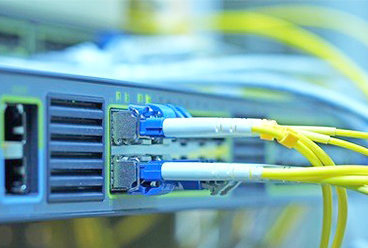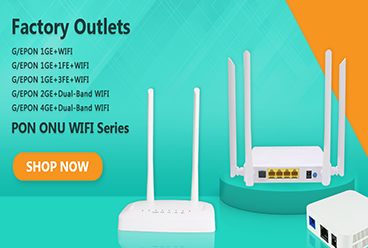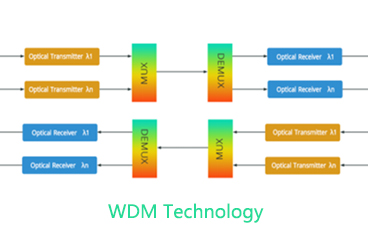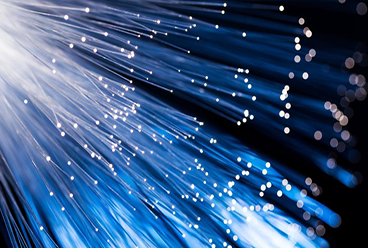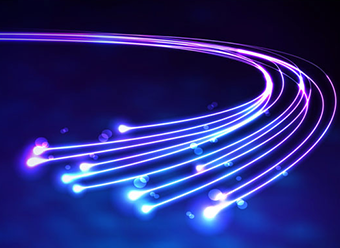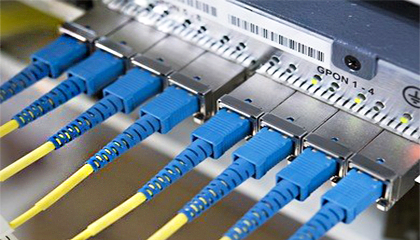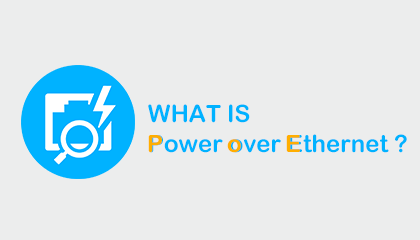1. Different Transmission Methods
As we all know, QSFP28 optical transceivers usually have four transmission channels, and each channel data rate is 25Gbp. This transmission method is very similar with 40G QSFP+ optical transceiver transmissions. QSFP28 SR4 optical transceiver and QSFP28 PSM4 optical transceiver both use 12-way MTP interface, realizing the 8-way fiber bidirectional 100G transmission. But the QSFP28 LR4 optical transceiver cannot do this, which is transmitted at the same time in two LC duplex fibers in one direction for 100G transmission.
2. Different Transmission Media and Transmission Distance
The QSFP28 SR4 optical transceiver operates at 850nm and is used with OM3 or OM4 multimode optical fibers. And the maximum transmission distance of OM3 is up to 70m, and OM4 fiber transmission distance up to 100m.
The QSFP28 LR4 optical transceiver is usually used with single-mode fiber, which operates at 1310 nm and has a maximum transmission distance of up to 10 km.
The QSFP28 PSM4 optical transceiver is generally used with a 12-way MTP interface and single-mode optical fiber with a transmission distance of up to 2km.
3. Different Cabling Structure
Optical transceiver transmission has playing a very important role in the optical fiber routing. Because the QSFP28 SR4 optical transceiver and the QSFP28 LR4 optical transceiver are used for short-distance transmission and long-distance transmission respectively, their wiring structures are different. The former requires multi-fiber cabling based on a 12-way MMF MTP interface, while the latter requires only a traditional two-fiber SMF cabling. In this case, the conversion between multimode fiber and single-mode fiber is very complicated because they use a completely different wiring structure.
Although the QSFP28 PSM4 optical transceiver operates in single-mode fiber, its wiring structure is the same as QSFP28 SR4 optical transceiver. Using the QSFP28 PSM4 optical transceiver saves conversion costs between multimode and single-mode without changing existing cabling structures.
4. Different Working Principle
(1) Working Principle of QSFP28 PSM4:
The QSFP28 PSM4 optical transceiver works in much the same way as the QSFP28 SR4 optical transceiver. The difference is that the QSFP28 PSM4 optical transceiver operates on single mode fiber while the QSFP28 SR4 optical transceiver operates on OM4 multimode fiber.
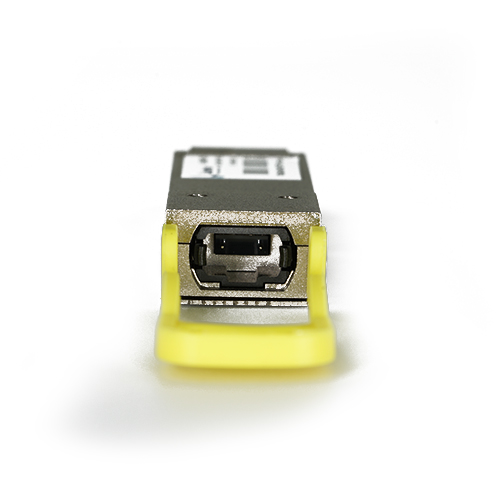
(2) Working Principle of QSFP28 SR4:
QSFP28 SR4 optical transceiver transmits signals at the transmitting end; the electrical signals are converted into optical signals by the laser array and then transmitted in parallel on the ribbon multimode fiber. Upon reaching the receiving termination, the photo detector array converts the parallel optical signals into parallel Electrical signals.
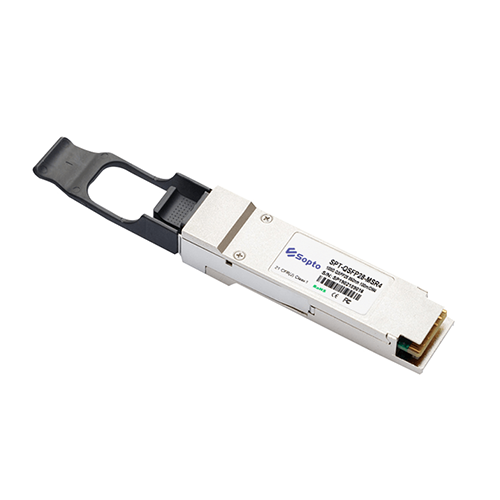
(3) Working Principle of QSFP28 LR4:
QSFP28 LR4 optical transceivers are typically used with LC single-mode fiber optic cables to convert 4 25Gbps electrical signals into 4 LAN WDM optical signals and then multiplexed into a single channel for 100G optical transmission. At the receiving end, the module demultiplexes the 100G optical inputs into 4 LAN WDM optical signals, which are then converted into 4 electrical signal output channels.
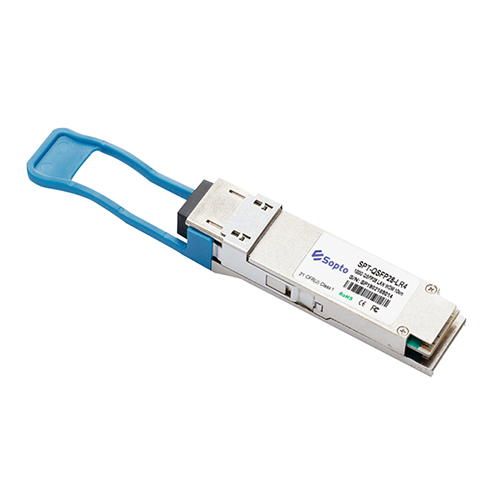
Conclusion
The QSFP28 SR4 optical transceiver is suitable for 12-way MTP fiber cabling systems and also for short-distance transmission of OM3, OM4 multimode fiber. The QSFP28 PSM4 optical transceiver is also suitable for transmission with 12 MTP interfaces, but it is suitable for use with single-mode fibers and can transmit distances up to 2km. QSFP28 LR4 optical transceiver is for data transmission up to 10km.
If there is any needs for the QSFP28 transceivers, then please do not hesitate to send us your inquiry.
Tags:QSFP28 LR4, QSFP28 SR4, QSFP28 PSM4, 100G QSFP28
— END —




